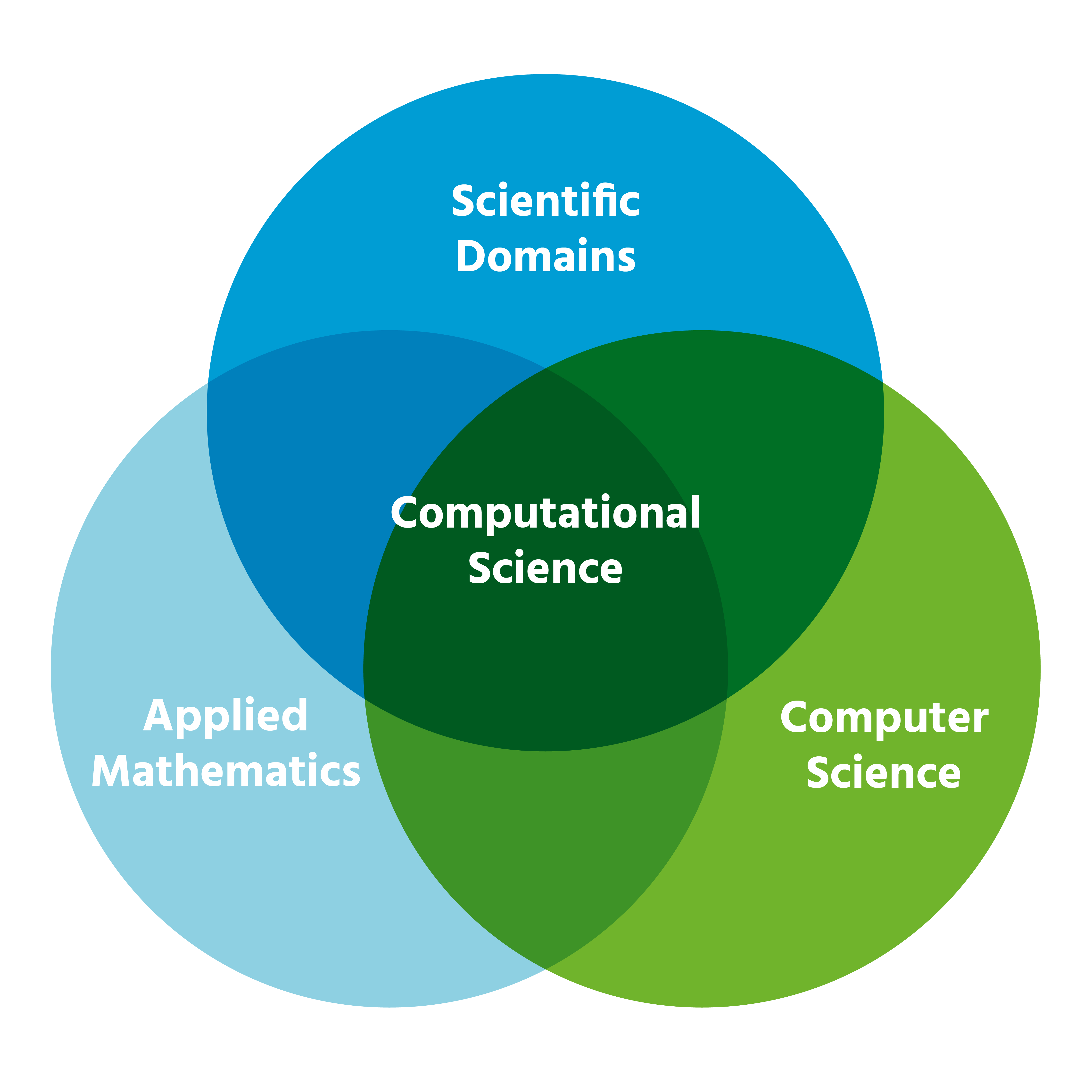Understanding the Offering Memorandum (OM) in Real Estate: What Investors Need to Know
Introduction to the Offering Memorandum (OM) in Real Estate
The Offering Memorandum (OM) is a foundational document in commercial real estate transactions. Whether you are a seasoned investor or exploring your first acquisition, understanding the OM is essential to making informed decisions and minimizing risk. Serving as an extensive marketing and informational package, the OM provides a snapshot of the property, its financial performance, market conditions, and associated risks. This guide walks you through the purpose, structure, and practical uses of an OM, ensuring you have actionable steps and clear expectations for your next deal. [1] [2]
What Is an OM in Real Estate?
An OM, or Offering Memorandum , is a comprehensive document created by brokers, sellers, or their representatives. It is widely used in commercial real estate (CRE) transactions to market properties privately to qualified buyers and investors. The OM is designed to deliver all the essential details about a property, including its description, financials, market analysis, and legal requirements-all in one place. [1] [4] To protect sensitive financial information, viewing an OM often requires signing a confidentiality agreement or non-disclosure agreement (NDA).
Key Components of an OM
The OM typically contains between 10 and 100+ pages, depending on the complexity of the property and the deal. Here are the main sections found in a standard OM:
- Property Description : Detailed overview of the building, location, size, zoning, layout, unique features, and amenities. This section may also include the property’s history, construction dates, and notable renovations. [4]
- Market Information : Analysis of local market conditions, demographics, economic drivers, and trends affecting the property’s value and performance. [1]
- Financial Performance : Historical financial data, profit and loss statements, balance sheets, and pro forma projections of future income and expenses. This section helps investors assess risk and potential return. [2]
- Investment Objectives and Terms : Explanation of the investment strategy, objectives, risk factors, terms, and conditions of the offering. Participation requirements and legal disclosures are also included. [2]
- Management and Sponsor Backgrounds : Biographies, track records, and qualifications of the management team or sponsor overseeing the property. [3]
- Visual Aids and Supporting Materials : High-quality photos, floor plans, maps, and charts that illustrate the property’s value and market position. [5]
Each section is designed to help buyers and investors perform due diligence and make informed decisions about whether to pursue the opportunity.
How OMs Streamline Due Diligence and Decision-Making
Due diligence is a critical stage in any real estate transaction. The OM acts as a central resource for all relevant information, reducing the time and effort required to collect data from various sources. By presenting organized and verified details, the OM enhances the credibility of the seller or brokerage and helps buyers quickly evaluate the property’s strengths and potential risks. [5]

Source: hinduamerican.org
For example, an investor seeking a multifamily property can review the OM to assess local market demand, historical rents, occupancy rates, and projected cash flows. This allows for direct comparison with other listings and helps prioritize opportunities based on financial metrics and location.
Step-by-Step Guidance for Accessing and Using an OM
Here’s how you can access and make full use of an OM during the property acquisition process:
- Identify Qualified Properties : Work with a licensed commercial real estate broker or utilize reputable listing platforms. Request an OM for properties of interest.
- Sign a Confidentiality Agreement : Be prepared to sign an NDA before receiving the OM, especially if the document contains sensitive financial data. [1]
- Review the OM Thoroughly : Examine each section, focusing on property details, financials, market analysis, and legal requirements. Note any risks or uncertainties mentioned.
- Verify Information Independently : Use public records, third-party appraisals, or consult with legal and financial advisors to confirm key details and projections. [5]
- Perform Site Visits : Whenever possible, visit the property in person to validate the OM’s descriptions and assess the physical condition.
- Request Additional Data : If details are unclear or incomplete, ask the broker or seller for more information or updated financials.
- Compare Multiple OMs : For competitive markets, review OMs for several properties to benchmark performance and identify the best opportunities.
Real-World Example: How an OM Facilitates Investment Decisions
Consider a scenario where a real estate investor is evaluating two different office buildings. Each OM presents the property’s attributes, historical financials, expected returns, and market demographics. The investor compares occupancy rates, rent growth trends, and risk disclosures. After consulting with advisors and conducting site visits, the investor uses the OM’s pro forma projections to model cash flows and determine which property aligns best with their investment goals. [1]
Potential Challenges and Solutions
While OMs are indispensable for due diligence, challenges can arise:
- Incomplete or Outdated Information : OMs may occasionally omit key financial data or rely on projections that are no longer accurate. Solution: Always verify critical details independently and request updates from the broker.
- Complex Legal Terms : Investment terms and risk factors can be difficult to interpret. Solution: Consult with real estate attorneys to clarify legal language and assess compliance issues.
- Restricted Access : Some OMs are only available to qualified investors who meet certain financial criteria. Solution: Work with a reputable brokerage to establish your credentials and gain access to private offerings.
- Bias in Presentation : As marketing documents, OMs often emphasize positive aspects and downplay risks. Solution: Approach each OM critically, seeking independent verification and third-party analysis.
Alternative Approaches and Additional Resources
If an OM is not available for a property you are considering, alternative sources of information include:

Source: stock.adobe.com
- Public records, such as county assessor’s databases and property deeds. You can search for these at your local county government websites. [5]
- Third-party market reports from commercial real estate research firms.
- Direct communication with property managers, tenants, or previous owners.
- Professional appraisals and environmental assessments.
For a deeper understanding of commercial real estate documentation and best practices, consider reaching out to professional associations such as the National Association of Realtors (NAR) or the local chapter of Certified Commercial Investment Member (CCIM). Search for these organizations online and contact them directly for guidance and education resources.
Summary and Key Takeaways
The OM is a cornerstone of commercial real estate marketing and due diligence. It empowers investors with a comprehensive overview of properties for sale, streamlines the analysis process, and supports informed decision-making. While the OM is a powerful tool, it should always be reviewed critically and supplemented with independent research and expert advice. By following the steps outlined above and leveraging alternative resources, you can maximize your chances of a successful investment and minimize potential risks.
References
- [1] Ascendix (2025). Real Estate Offering Memorandum: What Is an OM?
- [2] Saint Investment (n.d.). What Is An OM In Commercial Real Estate?
- [3] County Office (2024). What Does OM Mean In Commercial Real Estate?
- [4] FocusedCRE (2023). What is OM in Real Estate?
- [5] CountyOffice.org (2024). Public Records Resource.
MORE FROM searchhole.com













